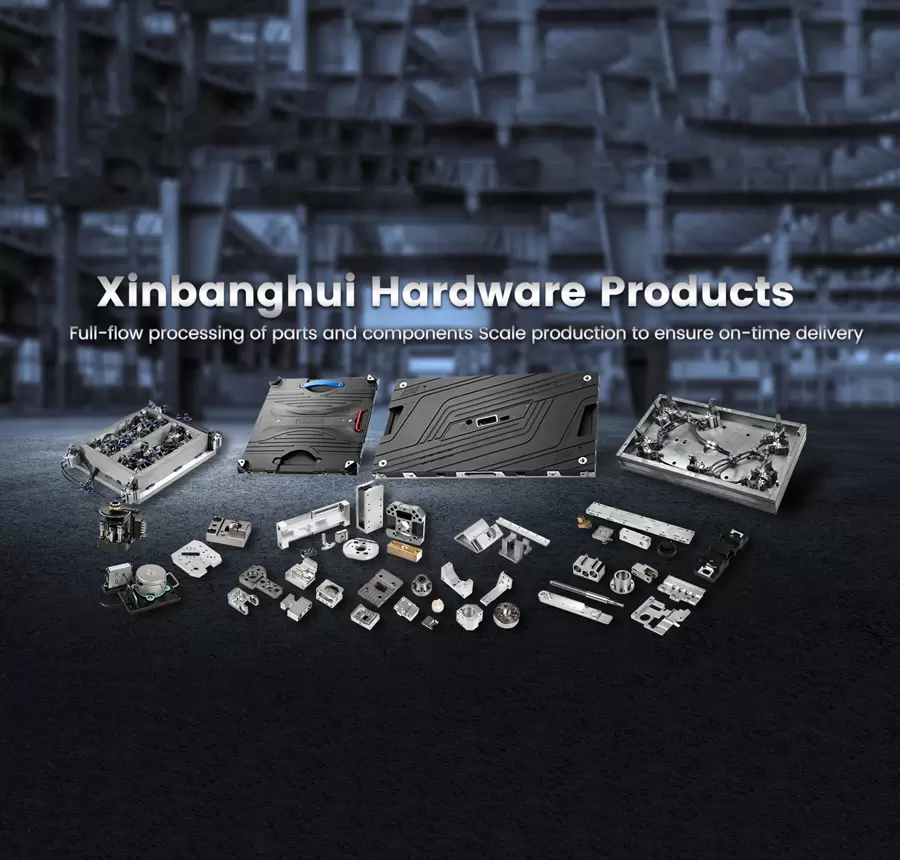Choosing the Right Solder for Electronics: A Comprehensive Guide for Professionals
When it comes to electronics assembly and repair, the choice of solder is a critical factor that can significantly influence the performance and reliability of the final product. With a myriad of options available, understanding the types of solder and their specific applications is essential for both hobbyists and professionals in the field. This article delves into the various types of solder used in electronics, their properties, and the considerations to keep in mind when selecting the right solder for your projects.
Understanding Solder Types
Solder is a fusible metal alloy used to join together metal workpieces. In electronics, the most common types of solder are lead-based and lead-free solders. Each type has its own set of characteristics that make it suitable for different applications.
- Lead-Based Solder
Historically, lead-based solder has been the go-to choice for electronics due to its excellent wetting properties and lower melting point, typically around 183°C (361°F). The most common formulation is a tin-lead alloy, often in a ratio of 60/40 (60% tin and 40% lead).
Advantages:
- Superior Flow: Lead-based solder flows easily, allowing for better joint formation.
- Lower Melting Point: This reduces the risk of damaging sensitive components during soldering.
- Reliability: Proven track record in various applications, providing strong and durable joints.
Disadvantages:
- Health Risks: Lead is toxic, posing health risks during handling and disposal.
- Regulatory Restrictions: The use of lead-based solder is restricted in many regions due to environmental concerns, particularly under regulations like RoHS (Restriction of Hazardous Substances).
- Lead-Free Solder
In response to health and environmental concerns, lead-free solder has gained popularity. Common compositions include tin-copper (SAC) alloys, such as SAC305 (96.5% tin, 3% silver, and 0.5% copper).
Advantages:
- Environmental Compliance: Lead-free solders comply with regulations aimed at reducing hazardous materials.
- Improved Mechanical Properties: Many lead-free solders exhibit better thermal fatigue resistance, making them suitable for high-reliability applications.
Disadvantages:
- Higher Melting Point: Lead-free solders typically melt at higher temperatures (around 217°C or 423°F), which can pose risks to heat-sensitive components.
- Wetting Issues: Some lead-free solders may not flow as well as their leaded counterparts, requiring adjustments in soldering techniques.
Key Considerations When Choosing Solder
When selecting solder for electronics, several factors should be taken into account:
- Application Requirements
Consider the specific requirements of your project. For high-reliability applications, such as aerospace or medical devices, lead-free solder may be mandated. Conversely, for hobbyist projects or repairs, lead-based solder might still be preferred for its ease of use.
- Component Sensitivity
Evaluate the thermal sensitivity of the components involved. If you are working with heat-sensitive devices, a solder with a lower melting point may be necessary to avoid damage.
- Soldering Technique
Your soldering technique can also influence the choice of solder. For instance, if you are using a soldering iron with a fine tip for precision work, you may benefit from the superior flow characteristics of lead-based solder.
- Regulatory Compliance
Always check local regulations regarding solder materials. If you are manufacturing products for sale, compliance with RoHS and other environmental standards is crucial.
Conclusion
Choosing the right solder for electronics is not merely a matter of preference; it requires a careful assessment of the specific needs of your project, the properties of the solder, and compliance with regulatory standards. Whether you opt for lead-based or lead-free solder, understanding the nuances of each type will empower you to make informed decisions that enhance the quality and reliability of your electronic assemblies. As the industry continues to evolve, staying abreast of solder technology and best practices will ensure your work remains at the forefront of innovation and safety.




